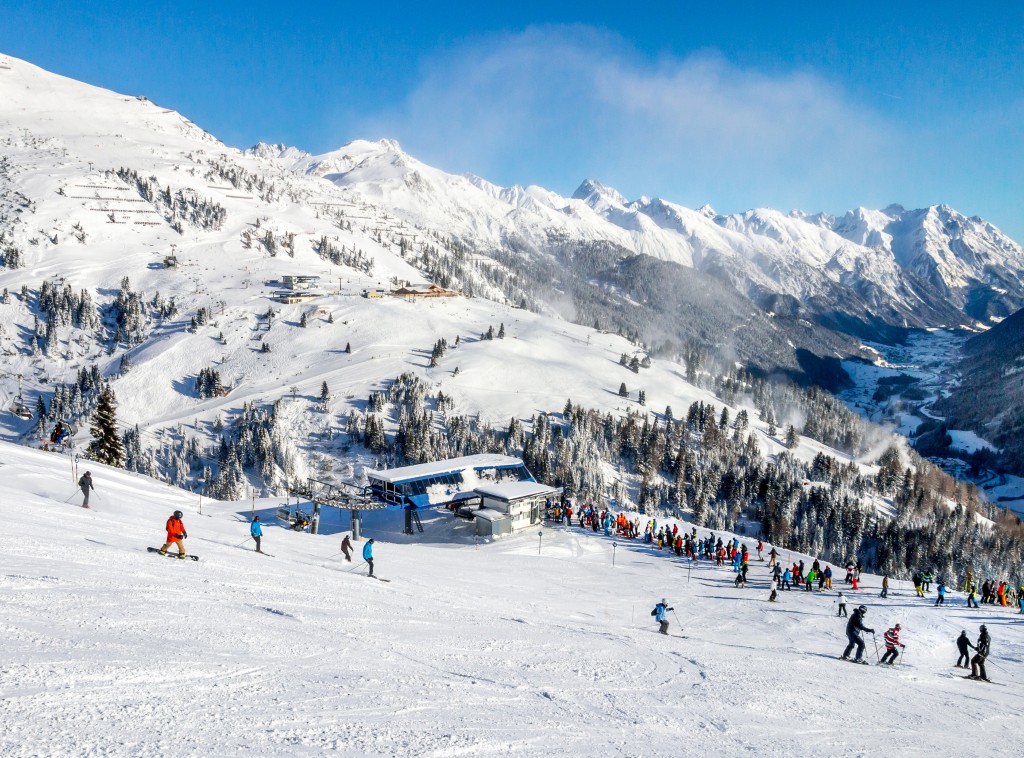It doesn’t need to be the middle of the winter to make cold weather a concern when hiking. Depending on where you plan on trekking, you may face cold temperatures that can make your hike uncomfortable — and dangerous. To make your trek more pleasant, follow these eight tips for a safer and more comfortable adventure.
Know the Forecast and Trail Conditions Beforehand
Before leaving to hike, check the weather forecast alongside trail conditions since cold weather can do a number on these trails. Know if there’s ice, how much snow there is, and if there are any wrought iron or wooden fences or balustrades available on the pathways before hiking in New Zealand. Doing this ensures a safe and comfortable trek.
Dress Properly When
hiking during the colder months, make sure you layer up and stay away from cotton. As your base layer, make sure to use a thermal or long-sleeved t-shirt, a jacket for your middle one, and a waterproof outer layer. All these can keep you warm and enable you to ‘course-correct’ when temperatures rise.
Cover Your Face Dry
air is common when hiking in the cold, irritating the airway path in your body, leading to coughing, wheezing, or shortness of breath, which can be fatal when combined with the cold environment. That’s why you need to warm up the air you frequently breathe, which you can do using a scarf or face mask.
Stock Up On Food
When trekking in the cold, a person uses more energy, leaving the body to need more input. That’s why you need to ensure you stock up on food, especially when going on a multi-day hike. So, make sure to pack up on non-perishable foods like canned goods and granola bars.

Don’t Forget the Water
When hiking in the cold, you may not notice, but you do sweat. That’s because moisture evaporates off your skin faster in the cold. That’s why you still need to bring water with you to keep your body hydrated and energized. Remember to drink even if you don’t feel thirsty.
Be Prepared for Emergencies
Even the most experienced hikers can get in a bind when trekking. From slips to falls — accidents do happen. That’s why it’s best if you prepared for the inevitable by having an emergency kit. A couple of items that can keep you warm and safe if you get stuck in freezing temperatures overnight include a lighter, a first-aid kit, and a satellite messenger.
Go on Small Hikes First
The best thing to do when going hiking in the colder months is to start small. If you’re used to completing several miles in the summer, you’d be surprised at how your mileage drastically cuts down during winter. To ensure your body gets used to the conditions and avoid any mishaps, take small hikes first.
Stay Dry When going on hikes, especially in the cold, you need to ensure you stay dry at all times to avoid catching a cold, or worse — experience hypothermia. That’s why besides wearing warm clothes during a winter hike, make sure to bring a couple of spare coats in case the one you’re wearing gets wet and a microfiber towel to wipe off your sweat fast. Although hiking during the colder months can be challenging, that doesn’t mean it can’t be comfortable. All you need is to stock up on the right gear and arm yourself with a little knowledge — and embrace the tips mentioned to make your winter trek safe, comfortable, and more efficient.







